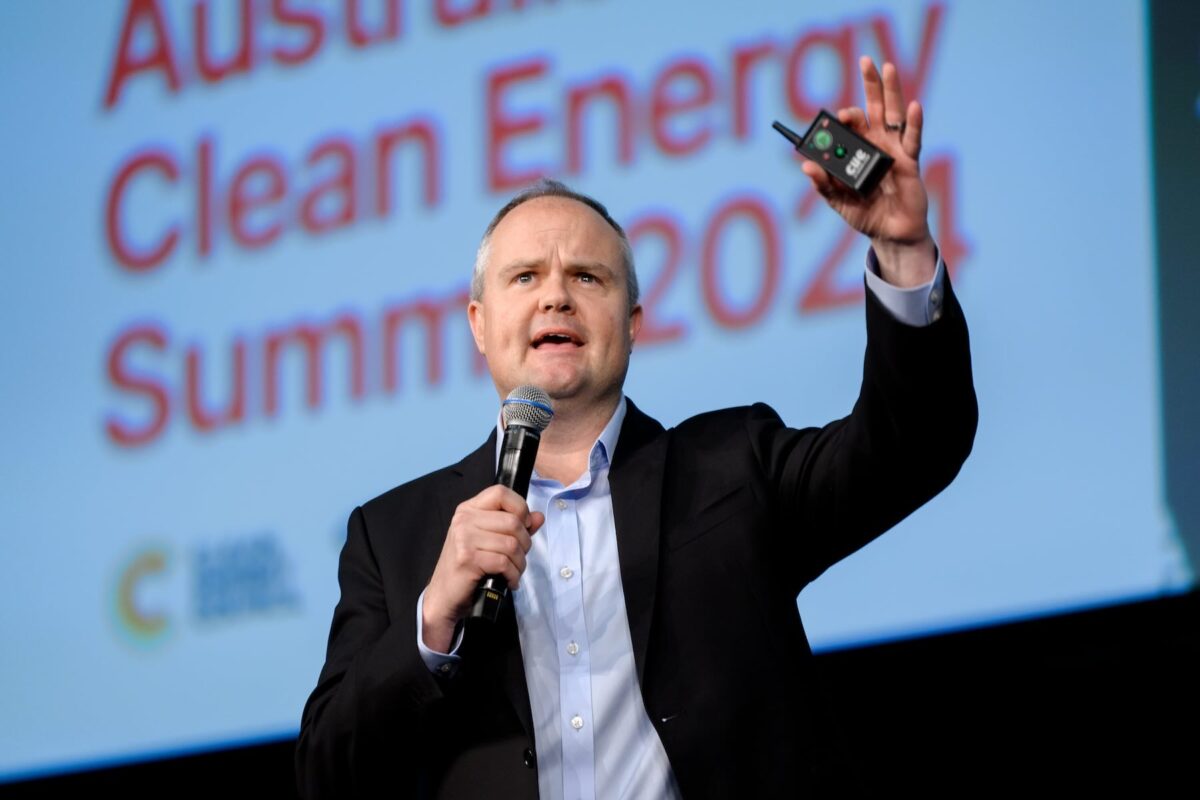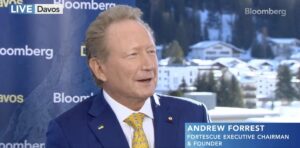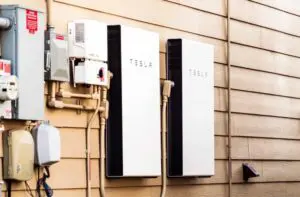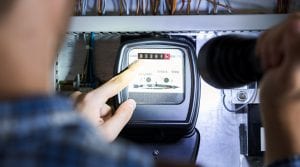The Ted Talk
Not reading the room? Chutzpah? Or maybe the Opposition energy spokesman Ted O’Brien was simply unaware that he wasn’t speaking to the local town hall meeting, Sky after Dark or the Institute of Public Affairs. O’Brien’s pro-nuclear narrative in his presentation to the Australian Clean Energy Summit on Wednesday was no surprise. What took the breath away was his apparent belief that he could serve up his stock spiel to a well-informed audience of around a thousand energy professionals who immediately recognised that almost everything he claimed – from nuclear builds around the world, costs, the impact of renewables, emissions trajectories, transmission, baseload – was complete nonsense. Clearly, self doubt is a stranger. The even scarier part was O’Brien’s apparent belief that you could keep coal fired power plants open in Australia long enough to replace them with nuclear, or build vast quantities of gas instead. As one energy boss wrote on LinkedIn: “I was hoping for some detail and to be respected as an educated audience that was willing to hear an alternate view. Instead, we got WordArt, mistruths wrapped in sloganism, and a total lack of depth, strategy or even acknowledgment of the reality.” Read here for more. O’Brien may one day be minister. He will make Angus Taylor look consultative.
Bowen does actually know stuff
The contrast between O’Brien and his counterpart, the current federal climate and energy minister Chris Bowen, could not have been any more stark. The night before, Bowen was interviewed in a “fire side” chat in front of around 1,500 diners by the ABC’s Virginia Trioli. The opening questions were about the assassination attempt on Donald Trump, and the feeling was, did we really need to go there now? Do you see anyone here wearing panty liners on their ears as they are doing at the Republican National Conference? But Bowen’s response was so thoughtful, considered and nuanced – mostly a celebration of the fact that such an event was so unlikely in Australia – that it won sustained applause. Not everyone in the room agrees with the details of Bowen’s policies, and some wonder how successful they will be. But at least they know he has given it some thought, taken advice, accepted the science, economics and the engineering, and taken the effort to read just about every submission. He is giving it a red hot go, providing purpose to the ministerial council and doing a pretty good job of bringing the Labor caucus with him. Little wonder O’Brien turned up with a “bugger off Bowen” poster in his slide pack.
Regulators dismiss nuclear
Australian Energy Regulator Clare Savage’s proposals are not everyone’s cup of tea in the industry, mostly because of her position on capacity markets and complex issues such as transmission pricing. But she made a significant contribution at ACES with her observation that it would take around eight years to put in place a regulatory regime for a nuclear power industry, and that there is no real prospect of any nuclear power being delivered in Australia till around 2050, not by 2035 as O’Brien insists. The Australian Energy Market Operator CEO Daniel Westerman also pointed out that nuclear is too slow, too expensive, and its requirement to be “always on” ill equipped to deal with the flexibility required of a high renewables grid. Both were important and valuable observations from intelligent, independent experts. Both were appointed to their positions by the Coalition government.
The death of Twiggy’s hydrogen hype?
There was obvious glee from the conservative media about the concession by Andrew “Twiggy” Forrest that his big hydrogen plans won’t be met in the timeframe he had hoped. That’s no surprise to anyone, given it was such a stretch target, and it acknowledge the realities of the market, technology problems, and the power of the legacy fossil fuel industry, which as Forrest points out, too many governments are unwilling to challenge. There is no doubt that the hydrogen hype that once claimed it to be the solution to all abatement issues has died down, particular as electric batteries steal its thunder in cars, trucks, homes and other key sectors. But it still has an important role to play. Not to be ignored is Forrest’s target – still kept – of reaching “real zero” in his iron ore operations by 2030. That will mean burning no fossil fuels and will be some feat, getting there 20 years before most other corporates talk about “net zero.” That at least, is hurrying efforts at iron ore competitors like BHP and Rio Tinto, if not Gina Rinehart. And Forrest’s concession probably won’t mean much for Australia’s hydrogen plans, given that the bulk of Forrest’s grand projects were targeted at overseas markets and he still has a few things cooking in Australia.
Energy heroes
We don’t often talk about awards, unless we win them, but there were notable gongs handed out to some impressive people in the energy industry by the CEC this week. One of them was to engineer Kate Summers, who spends her time reminding regulatory, policy makers and market operators about the basics of energy engineering – and to keep the bloody grid in balance in the midst of this transition – and it seems her entreaties are finally getting the recognition they deserve. Another went to solar pioneer, one time Tesla energy head and now AGL board director Mark Twiddell, who continues to exert quiet influence and expertise over some of the finer details of the energy transition. Other gongs went to SA Power Networks for its work on the contentious but important issue of flexible exports for rooftop solar, Beon Energy Solutions for First Nations engagement with the Girgarre solar farm, and Iberdrola and Transgrid for the Diversity and Inclusion Award, for recognition of their work on gender equality initiatives. And finally, congratulations also to AAP journo Marion Rae for winning the clean energy media award. Well done all.










